Build a little, test a little:
the importance of prototyping
10 october 2022 | Deniz guneri
BUILD A LITTLE, TEST A LITTLE:
THE IMPORTANCE OF PROTOTYPING
10 OCTOBER 2022 | DENIZ GUNERI
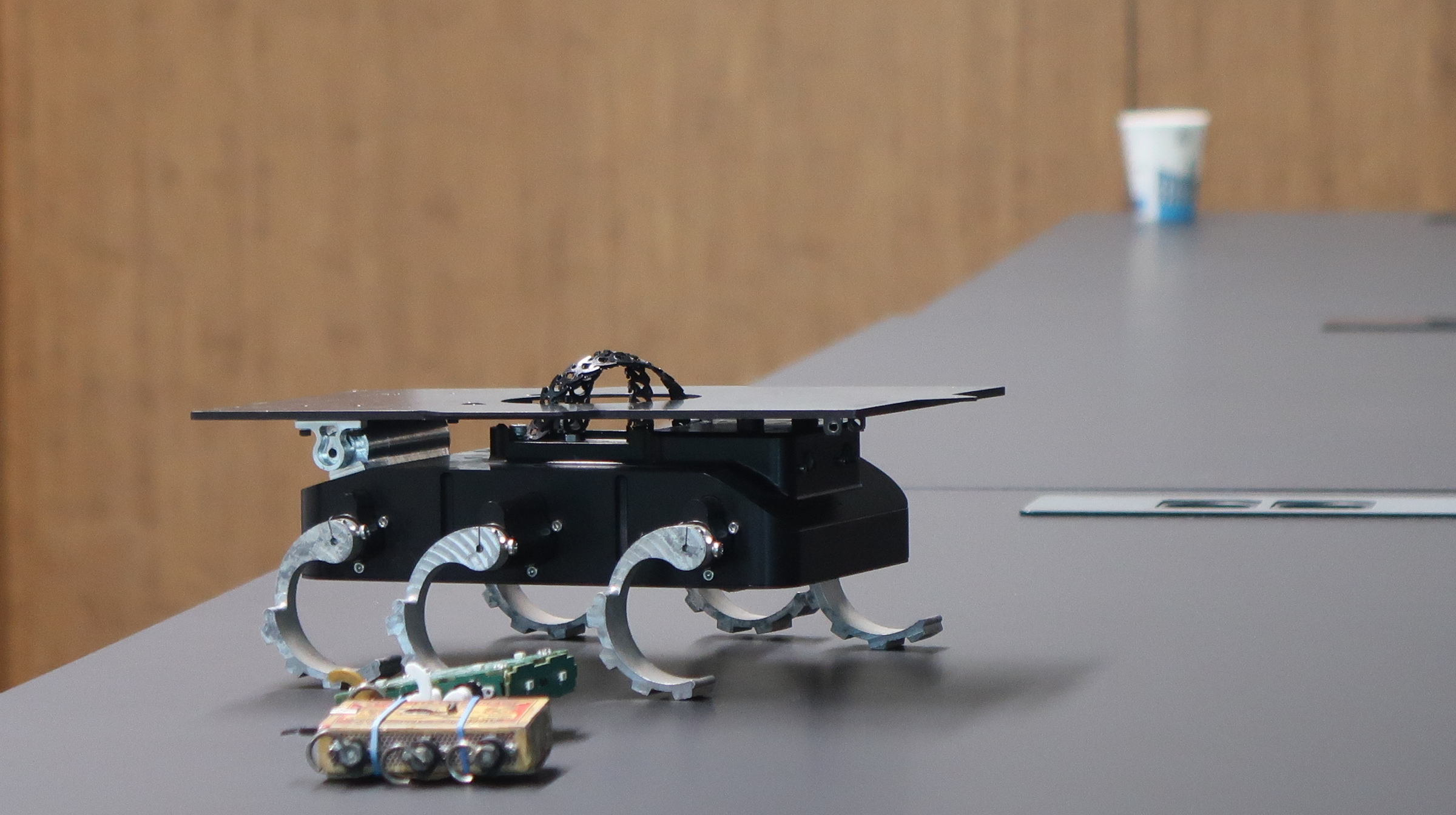
It has been a busy time for Lunar Zebro! We’ve been working hard behind the scenes to prepare our space-grade rover for the tests that it will have to go through before landing on the Moon itself. Our philosophy at Lunar Zebro has been “Build a little, test a little,” since the beginning. This enabled us to achieve two core ideals that stand at the heart of this project: constantly streamlining our rover and merging the technology developed by the terrestrial missions with the lunar mission.
The Moon mission -Lunar Zebro- only started in 2017, the overarching Zebro team has been working on -and testing- terrestrial robots since 2013. The initial prototypes varied in size, from our beloved matchbox-sized rover to rovers as big as a suitcase, and leg shapes until our iconic six-legged lunar rover emerged. Now, we have a whole team of BSc and MSc students, PhD candidates and professors dedicated to Lunar Zebro.
In 2019, Belka 1 became our first engineering prototype to start testing at ESA’s Mars Yard and other facilities in order to examine the mechanics and different details working together in a wide array of circumstances. We especially got to assess the unique locomotion in these analogue terrains and its capability of overcoming obstacles. This also proved that our philosophy drew a correct route for us, by enabling us to identify issues immediately and develop suitable solutions.
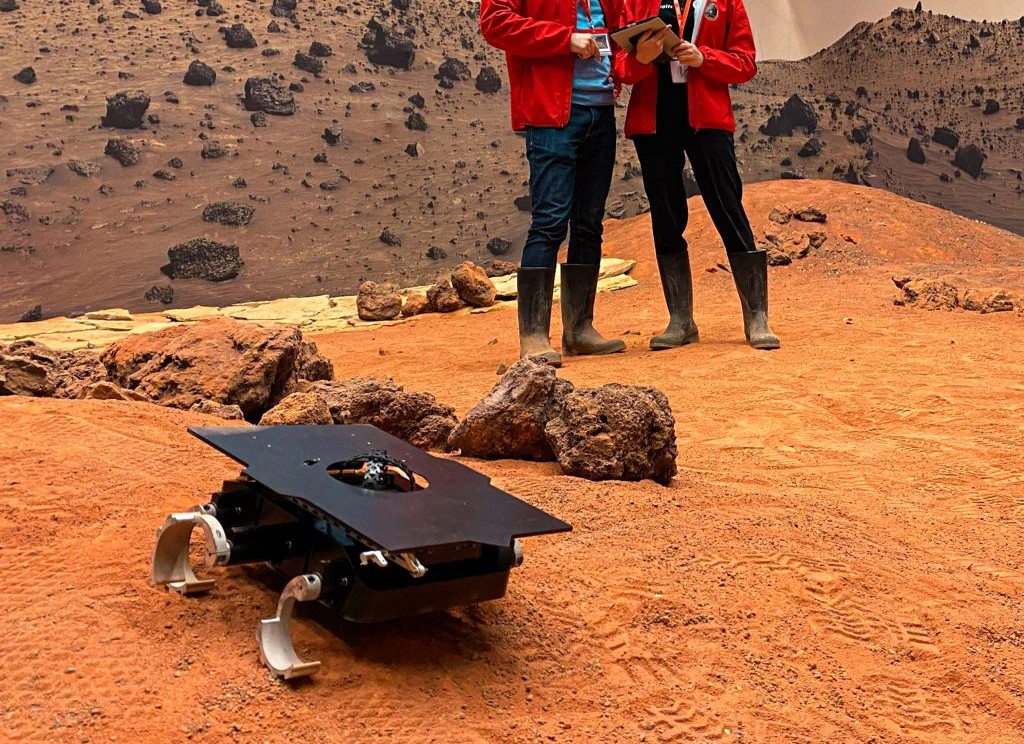
Belka 1 at ESA’s Mars Yard
Previous testing grounds
Over time, our rovers got tested during the terrestrial missions in difficult environments all over the world. During the mission in Hawaii, our rovers’ interaction with humans was tested -for the first time!- to see how well the two could work together. Additionally, the rough terrain gave us the opportunity to test mobility. In a mission in Switzerland, about 2km up on Mount Pilatus, we took our first steps into swarming capabilities of Zebro rovers, marking a leap in our ambition to develop a robotic swarming platform for scientific research. In another successful mission in the UK, in ICL-UK’s Boulby Polyhalite and Salt Mine, mainly terrestrial applications were tested with the use of scientific sensors such as vibration and wind sensors.
The next step on this journey is CHILL-ICE 2022!
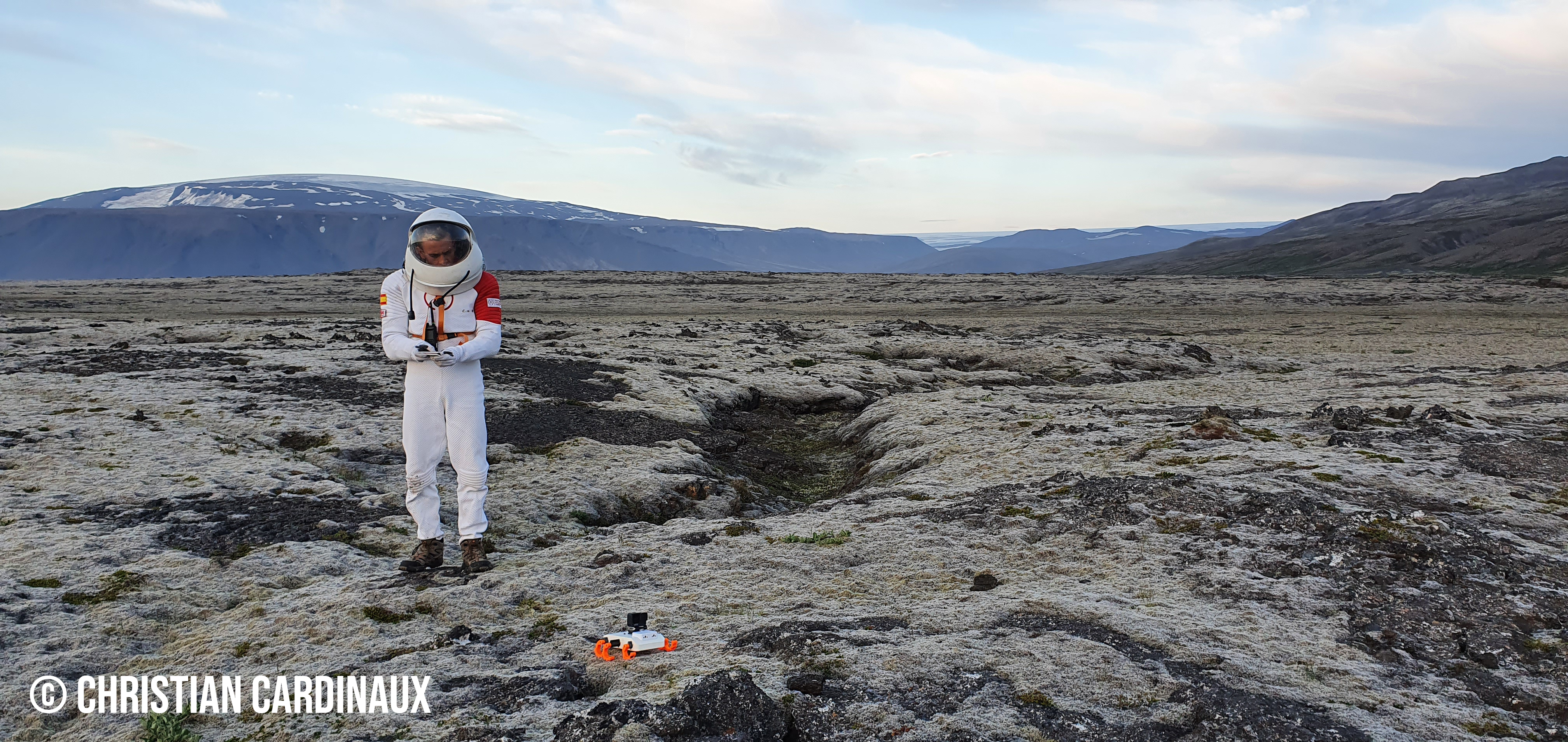

Lunar Zebro with astronaut and crew scientist David Smith
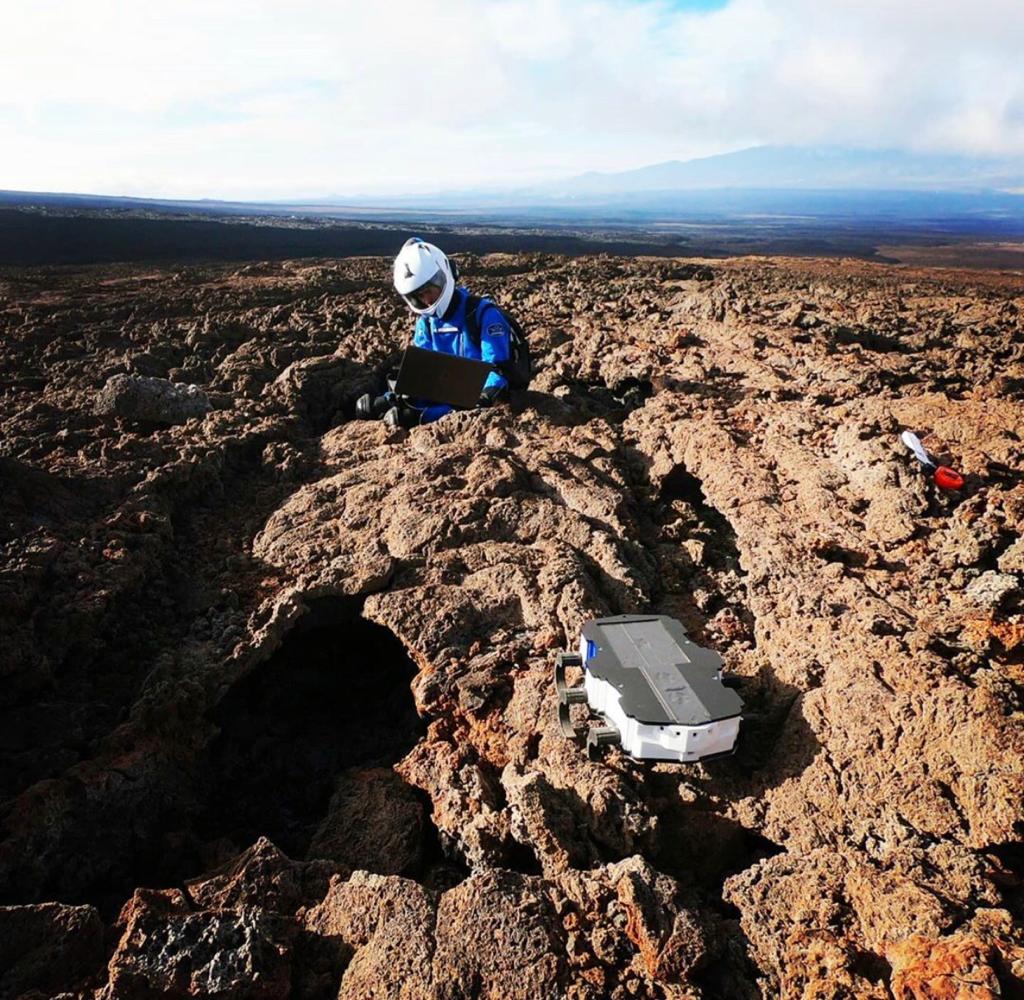
Zebro on Hawaii
Our latest mission: CHILL-ICE 2022
In our mission to constantly improve our terrestrial design in, parallel with our lunar design, we tested Zebro rovers at CHILL-ICE 2022. Our partner, the Technology & IT consultancy and engineering organisation ALTEN, supported us throughout various missions, including the past IGLUNA mission and this one. Their help matters to us as our values align:
“The exchange of knowledge stands at the centre of our work with Lunar Zebro. Our support has been focused on development and testing out of the team’s rovers during the two years of this ongoing partnership. We believe that those tests are crucial for a mission to the Moon as they can make all the difference between success and failure.”
Build a little, test a little, indeed.
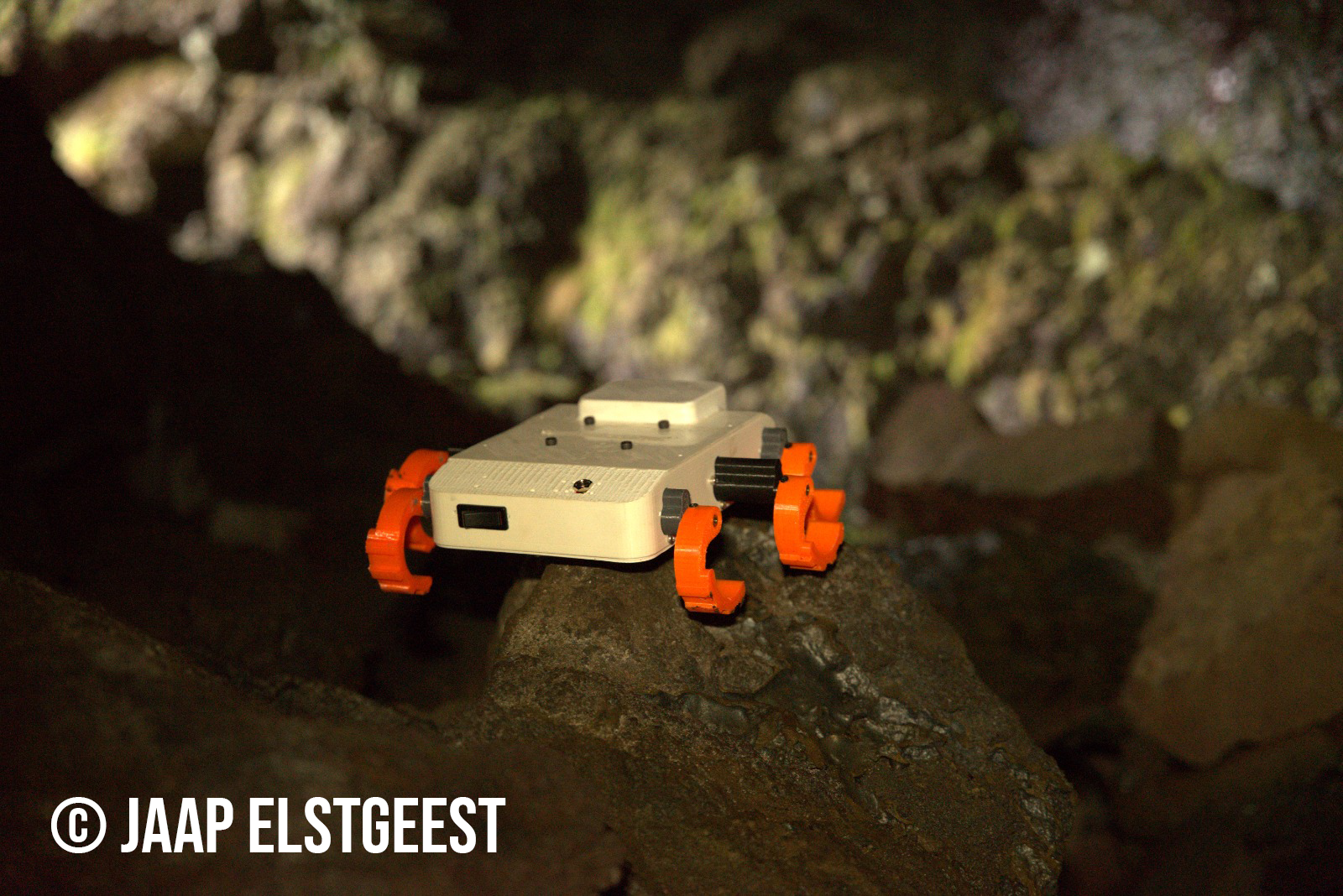
Lunar Zebro inside the lava tube Stefanshellir
This year’s CHILL-ICE mission was to be completed in the lava tubes of Iceland, which was chosen by the organiser ICEE.space because of the geological resemblance of this terrain to the Moon’s surface. The aim of the Analogue Astronauts was to create a habitable base deep in the lava tube and perform various research duties for almost a week. During this mission, we got to examine the interaction between our rover and the analogue astronauts, who used our Zebro’s to explore the lava tube.
The CHILL-ICE mission and other terrestrial missions, as well as the rapid prototyping have led us to build the space-grade rover Belka-2 throughout the summer. We have shown this engineeringing model at the International Astronautical Conference 2022 in Paris, where the industry’s response was thoroughly positive, with visits from many major players in the space industry. We now look forward to continuing our cycles of building and testing, as we will perform all major tests needed to validate the design of the model, an important step before the go-ahead for the Technology Demonstration Mission on the Moon very soon.
Keep an eye on our blog page and social media to follow our progress!
